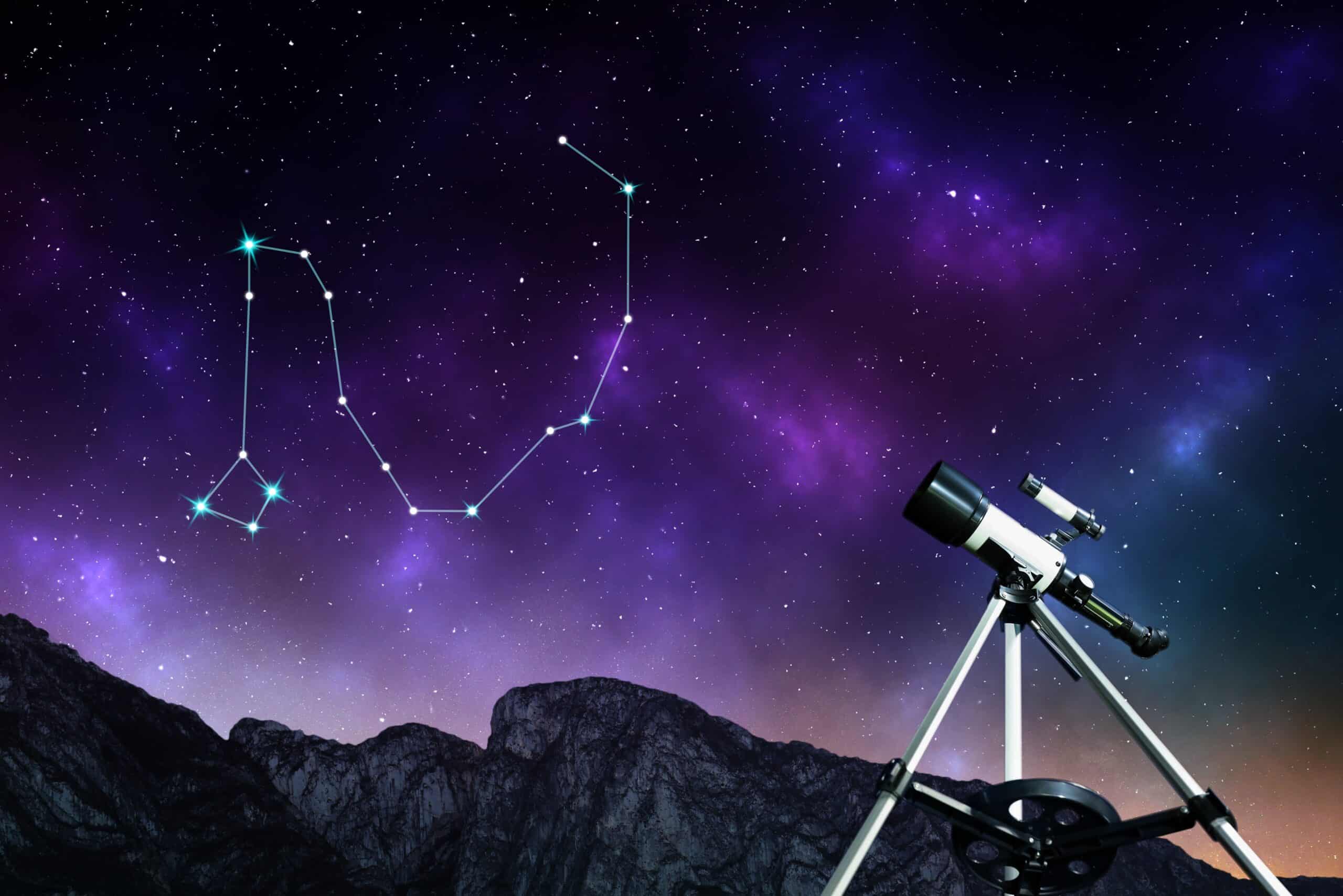Science fiction has long captivated readers with its imaginative worlds, futuristic technologies, and thought-provoking themes. From exploring the depths of space to questioning the nature of humanity, the genre pushes the boundaries of what is possible. These influential novels have shaped the landscape of science fiction, inspiring countless other works and leaving a lasting impact on literature and popular culture. Here are fifteen of the most influential science fiction novels ever written, each a testament to the power of visionary storytelling.
Dune by Frank Herbert
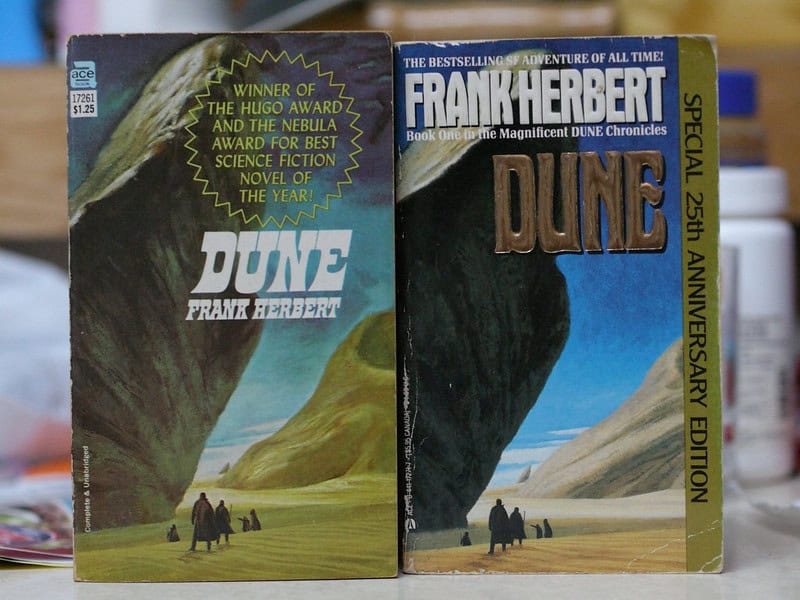
“Dune,” published in 1965, is a cornerstone of science fiction literature. Frank Herbert crafts a rich and complex universe centered on the desert planet Arrakis. The story follows Paul Atreides, whose family controls the planet, as they navigate political intrigue and interstellar conflict. Themes of ecology, religion, and power are intricately woven into the narrative. Herbert’s world-building and intricate plot have inspired countless other works and adaptations.
Neuromancer by William Gibson
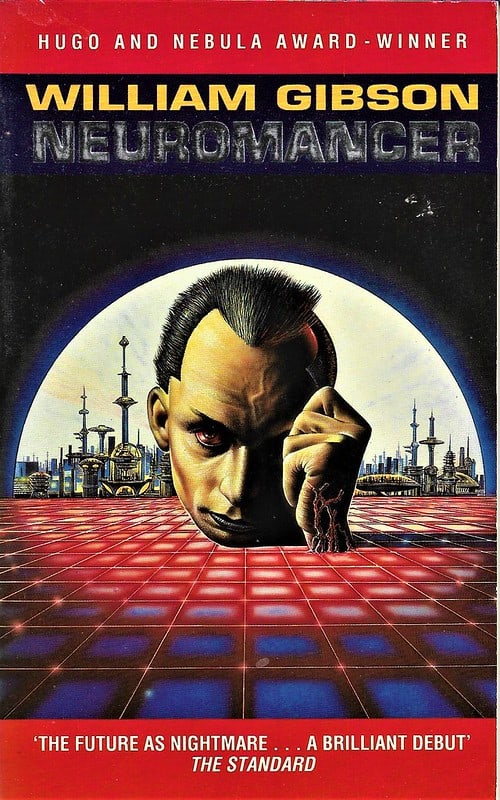
William Gibson’s “Neuromancer,” released in 1984, is a seminal work in the cyberpunk genre. The novel introduces readers to Case, a washed-up computer hacker hired for one last job. Gibson’s vision of a future dominated by cyberspace and corporate control was groundbreaking. The book’s influence on technology, culture, and science fiction is profound. Its depiction of the matrix and AI continues to resonate in modern tech culture.
1984 by George Orwell
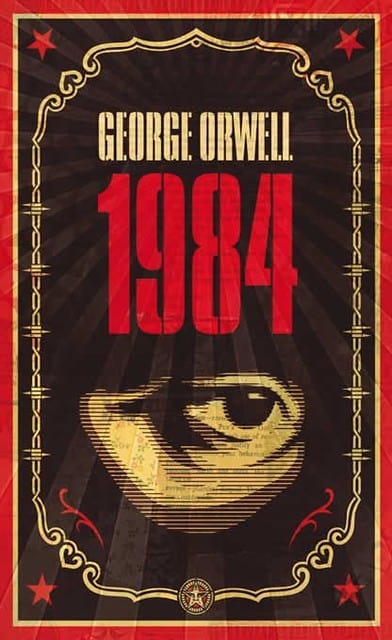
Published in 1949, George Orwell’s “1984” is a dystopian masterpiece that explores themes of totalitarianism, surveillance, and individuality. The novel follows Winston Smith, a man living under the oppressive regime of the Party, led by Big Brother. Orwell’s chilling vision of a society where truth is manipulated and freedom is obliterated remains hauntingly relevant. The concepts of “doublethink” and “thoughtcrime” have entered the cultural lexicon. “1984” is a powerful critique of political oppression and human resilience.
The Left Hand of Darkness by Ursula K. Le Guin
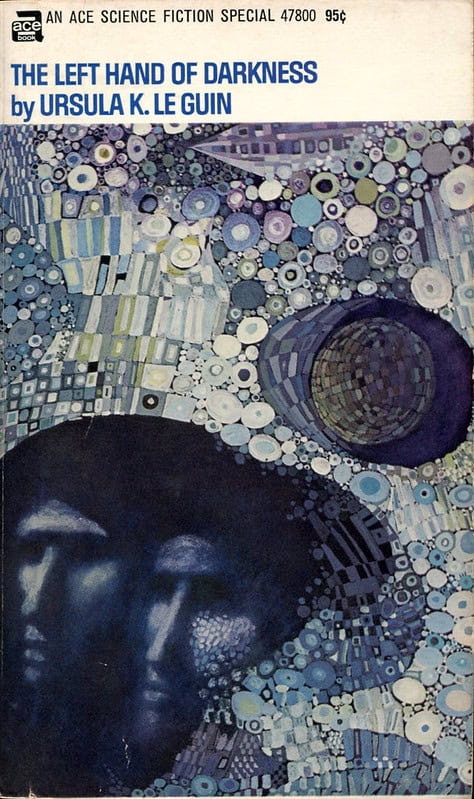
Ursula K. Le Guin’s “The Left Hand of Darkness,” published in 1969, is a landmark in feminist science fiction. The novel takes place on the planet Gethen, where the inhabitants can change gender. Through the eyes of an outsider, Genly Ai, Le Guin explores themes of gender, sexuality, and identity. The intricate world-building and profound philosophical questions posed by the story have left a lasting impact on the genre. Le Guin’s narrative challenges readers to reconsider the nature of humanity and society.
Brave New World by Aldous Huxley
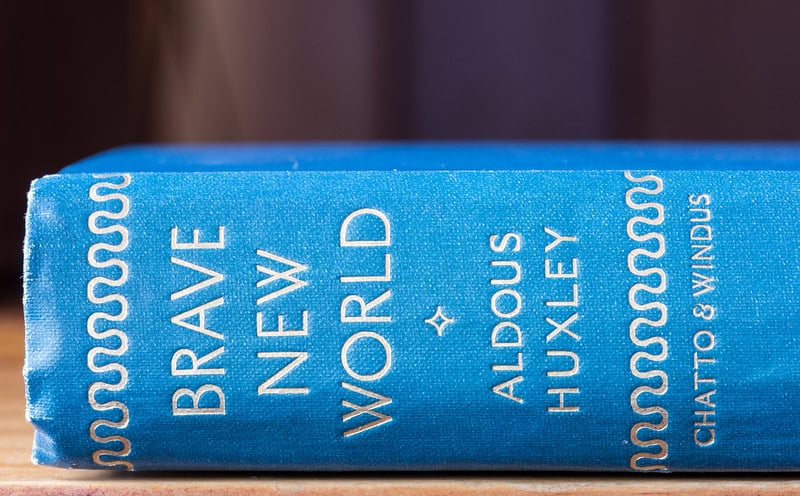
Aldous Huxley’s “Brave New World,” released in 1932, is a pioneering work of dystopian fiction. The novel envisions a future society driven by technological advancements and consumerism, where individuality is sacrificed for societal stability. The protagonist, Bernard Marx, grapples with the hollow pleasures of this controlled world. Huxley’s critique of a technologically dominated society resonates strongly in contemporary discourse. The novel’s exploration of genetic engineering, social control, and the loss of human connection remains profoundly thought-provoking.
Foundation by Isaac Asimov
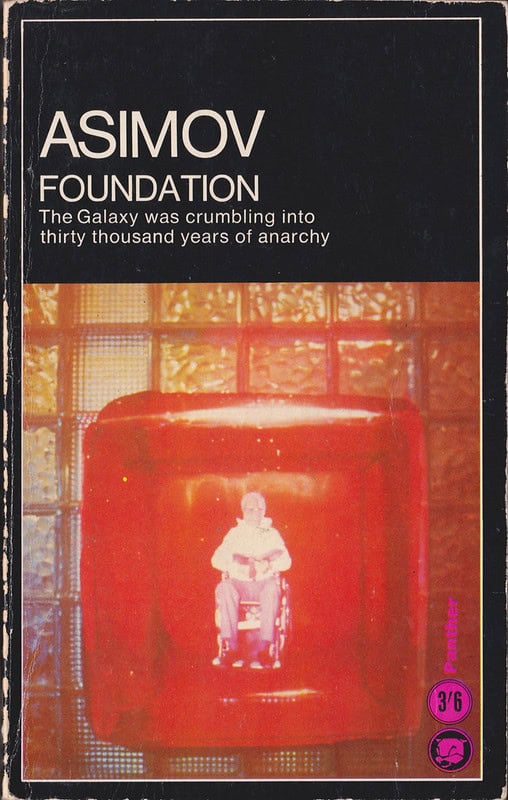
Isaac Asimov’s “Foundation,” first published in 1951, is a cornerstone of science fiction literature. The story chronicles the efforts of Hari Seldon and his followers to preserve knowledge as the Galactic Empire crumbles. Asimov’s concept of “psychohistory,” a blend of history, sociology, and mathematics, was groundbreaking. The series’ expansive scope and intricate plotting have influenced countless works in the genre. “Foundation” remains a testament to Asimov’s visionary storytelling and intellectual ambition.
Snow Crash by Neal Stephenson
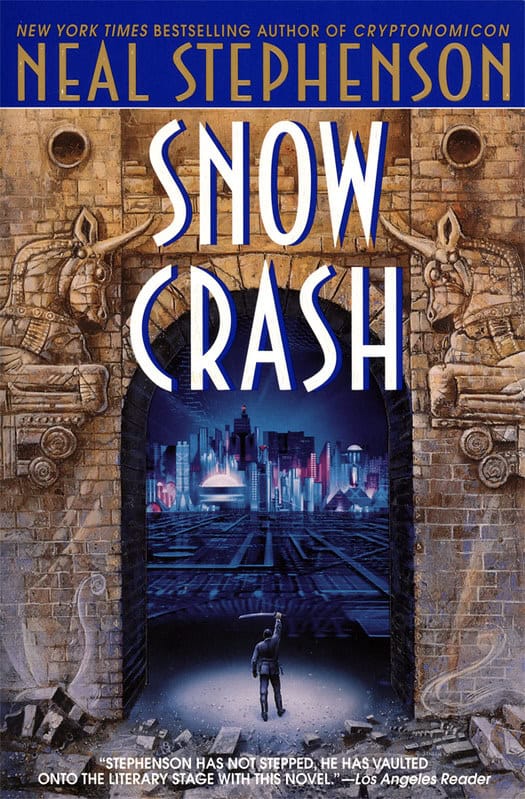
“Snow Crash,” published in 1992 by Neal Stephenson, is a defining work of cyberpunk fiction. The novel follows Hiro Protagonist, a pizza delivery driver and hacker, as he uncovers a virtual drug that threatens both the digital and physical worlds. Stephenson’s depiction of a hyper-commercialized future and the metaverse was ahead of its time. The novel’s blend of technology, mythology, and linguistics has made it a cult classic. “Snow Crash” continues to influence contemporary science fiction and technology.
The War of the Worlds by H.G. Wells
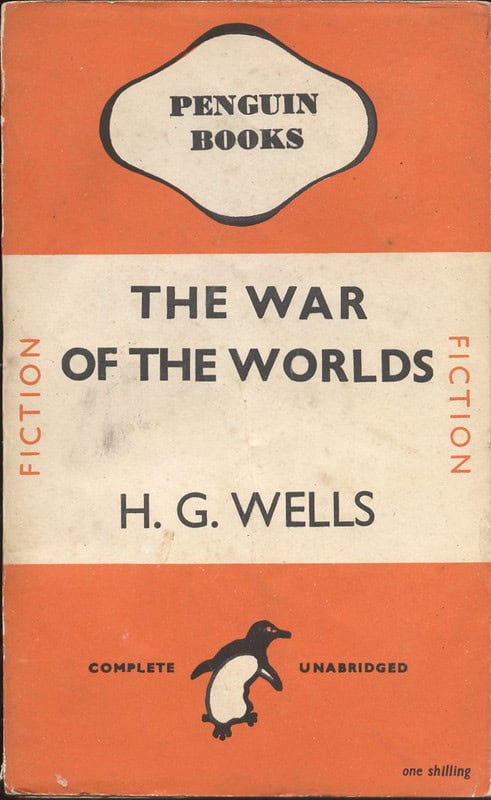
H.G. Wells’ “The War of the Worlds,” published in 1898, is one of the earliest and most influential works of alien invasion literature. The novel narrates the story of Martians attacking Earth, seen through the eyes of an unnamed protagonist. Wells’ portrayal of advanced extraterrestrial technology and the ensuing human panic was groundbreaking. The novel explores themes of imperialism, survival, and human resilience. “The War of the Worlds” has inspired numerous adaptations and remains a foundational text in science fiction.
Hyperion by Dan Simmons
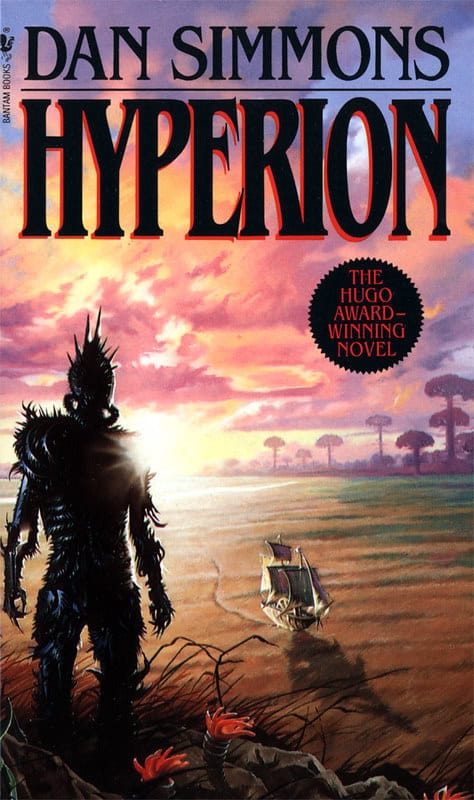
Dan Simmons’ “Hyperion,” released in 1989, is a modern science fiction epic that has garnered critical acclaim. The novel is structured as a frame narrative, with seven pilgrims sharing their stories as they journey to the distant planet of Hyperion. Simmons weaves together elements of horror, mystery, and space opera. The intricate plotting and richly developed characters make “Hyperion” a standout in the genre. The novel’s exploration of time, religion, and the nature of humanity has left a lasting impact.
A Canticle for Leibowitz by Walter M. Miller Jr.
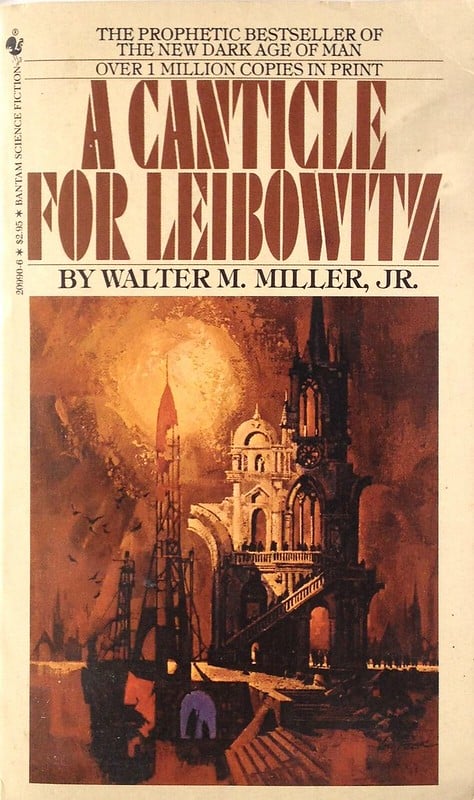
First published in 1960, “A Canticle for Leibowitz” by Walter M. Miller Jr. is a post-apocalyptic novel that spans centuries. The story follows the monks of the Albertian Order of Leibowitz as they preserve remnants of scientific knowledge after a nuclear holocaust. Miller’s exploration of faith, knowledge, and cyclical history is deeply philosophical. The novel’s blend of dark humor and profound themes has made it a classic. “A Canticle for Leibowitz” remains a poignant meditation on humanity’s capacity for self-destruction and redemption.
The Dispossessed by Ursula K. Le Guin
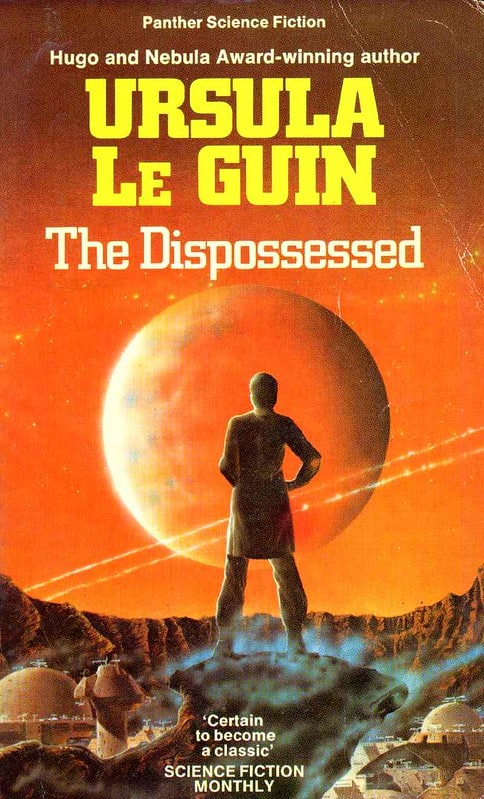
Ursula K. Le Guin’s “The Dispossessed,” published in 1974, is a thought-provoking exploration of utopian and dystopian societies. The novel follows Shevek, a physicist from the anarchist society of Anarres, as he travels to the capitalist world of Urras. Le Guin’s examination of political and social systems is both incisive and compassionate. The novel’s themes of freedom, individuality, and societal structures are timeless. “The Dispossessed” challenges readers to reflect on the possibilities and limitations of different ways of living.
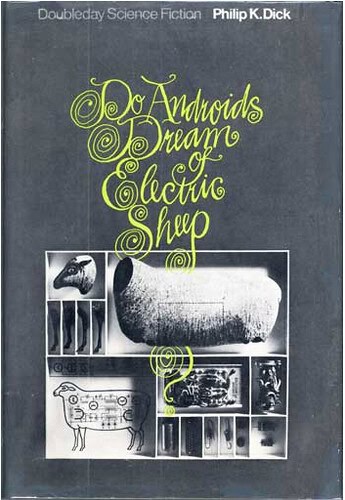
Philip K. Dick’s “Do Androids Dream of Electric Sheep?,” published in 1968, is a seminal work of science fiction. The novel follows Rick Deckard, a bounty hunter tasked with “retiring” rogue androids in a post-apocalyptic world. Dick’s exploration of what it means to be human, empathy, and artificial intelligence is deeply philosophical. The novel’s influence extends beyond literature, notably inspiring the film “Blade Runner.” Dick’s visionary storytelling continues to resonate with contemporary audiences.
Frankenstein by Mary Shelley
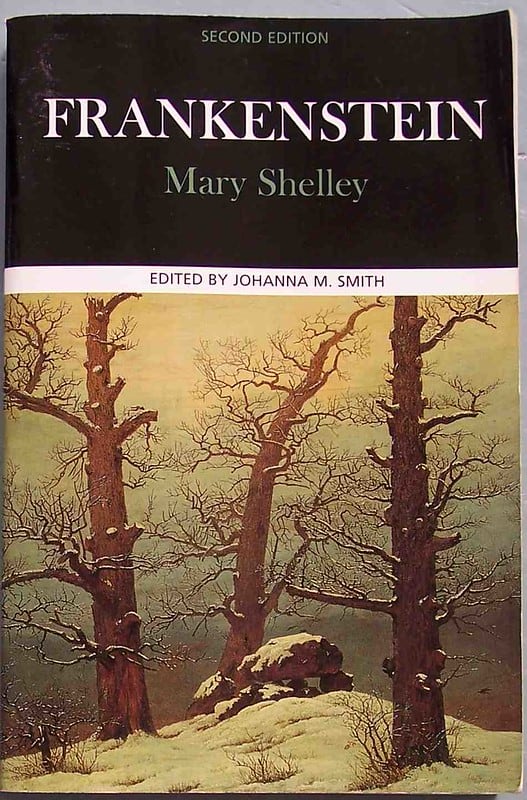
Mary Shelley’s “Frankenstein,” published in 1818, is one of the earliest and most influential science fiction novels. The story of Victor Frankenstein and his monstrous creation explores themes of ambition, scientific responsibility, and the quest for knowledge. Shelley’s novel is a profound meditation on the consequences of playing God. The narrative’s gothic elements and moral questions have captivated readers for generations. “Frankenstein” remains a timeless cautionary tale about the limits of human endeavor.
The Stars My Destination by Alfred Bester
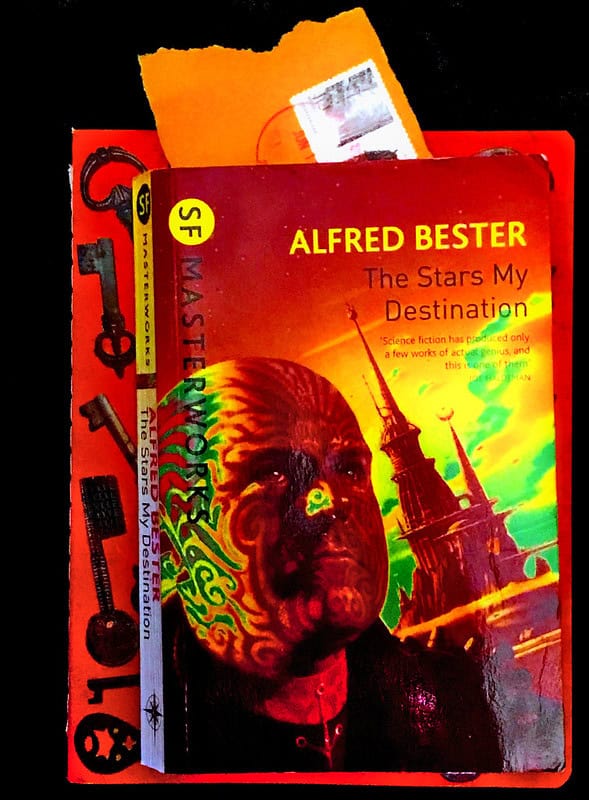
“The Stars My Destination,” published in 1956 by Alfred Bester, is a classic of science fiction literature. The novel follows Gully Foyle, a man driven by revenge in a future where people can teleport. Bester’s innovative narrative style and psychological depth were groundbreaking. The novel’s themes of vengeance, identity, and transformation are powerfully conveyed. “The Stars My Destination” has influenced many subsequent works and remains a high point of the genre.
Ringworld by Larry Niven
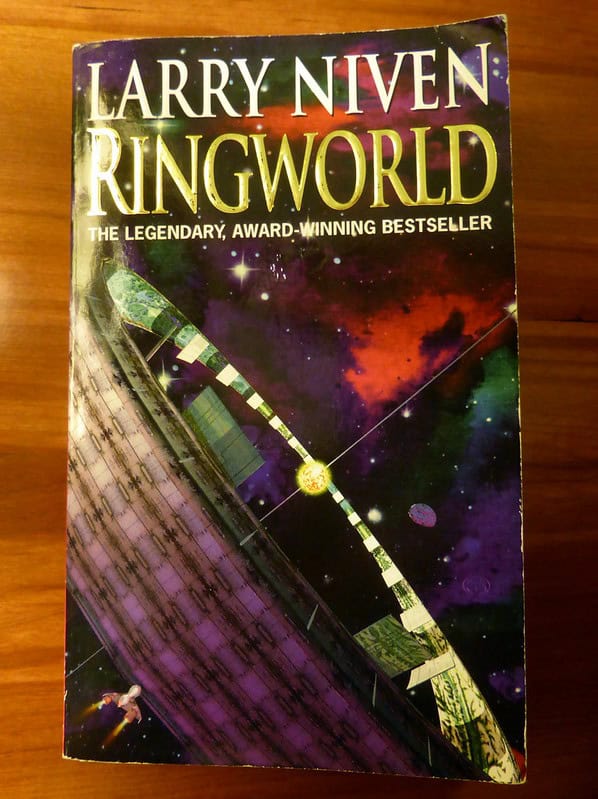
Larry Niven’s “Ringworld,” first published in 1970, is a landmark in hard science fiction. The novel follows a team of explorers as they investigate a massive artificial ring encircling a distant star. Niven’s imaginative vision and scientific rigor are evident in his detailed world-building. The novel’s exploration of alien technology and the limits of human knowledge is captivating. “Ringworld” has inspired numerous sequels and remains a touchstone in science fiction literature.
This article originally appeared on Rarest.org.
More From Rarest.Org
The ocean is home to an array of fascinating and unique creatures, each more extraordinary than the last. From the colorful coral reefs to the mysterious deep sea, these aquatic animals showcase the incredible diversity and beauty of marine life. Read more.
Collecting coins is a journey through history. Each coin tells a unique story, reflecting the era it was minted. From rare mistakes to symbols of independence, these coins hold fascinating tales. Read more.
The night sky is full of wonders, with constellations that have fascinated humanity for centuries. Some of these star patterns stand out due to their distinct shapes, mythical stories, and scientific significance. Read more.



